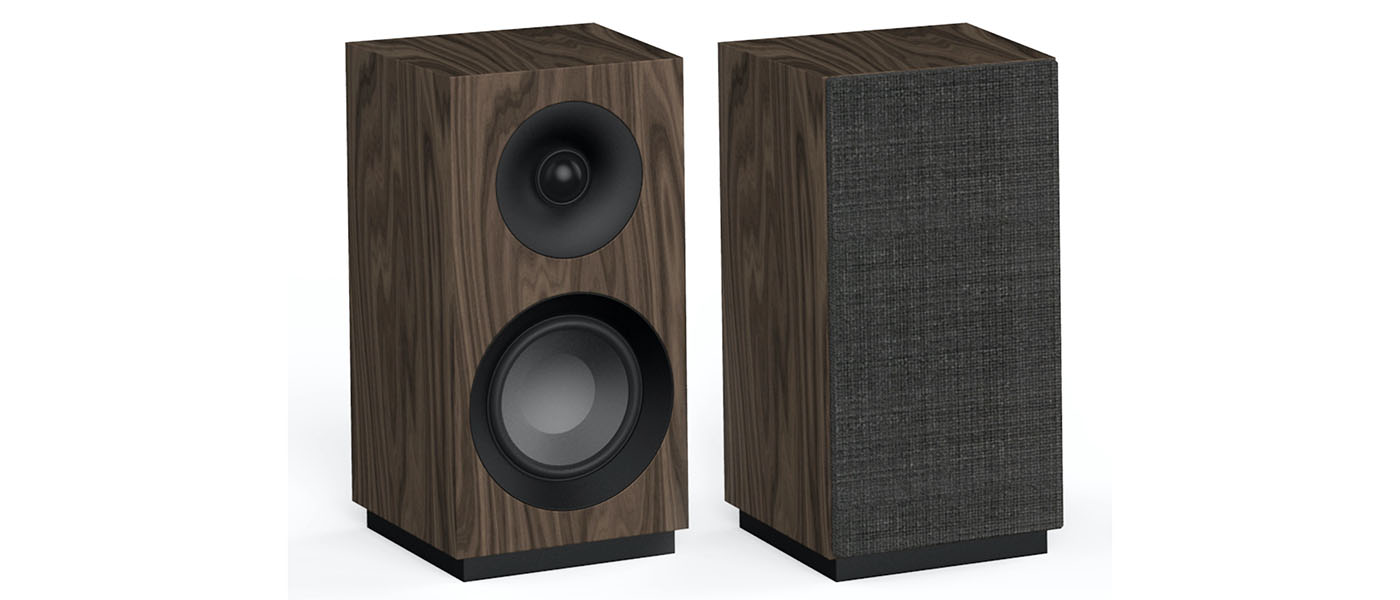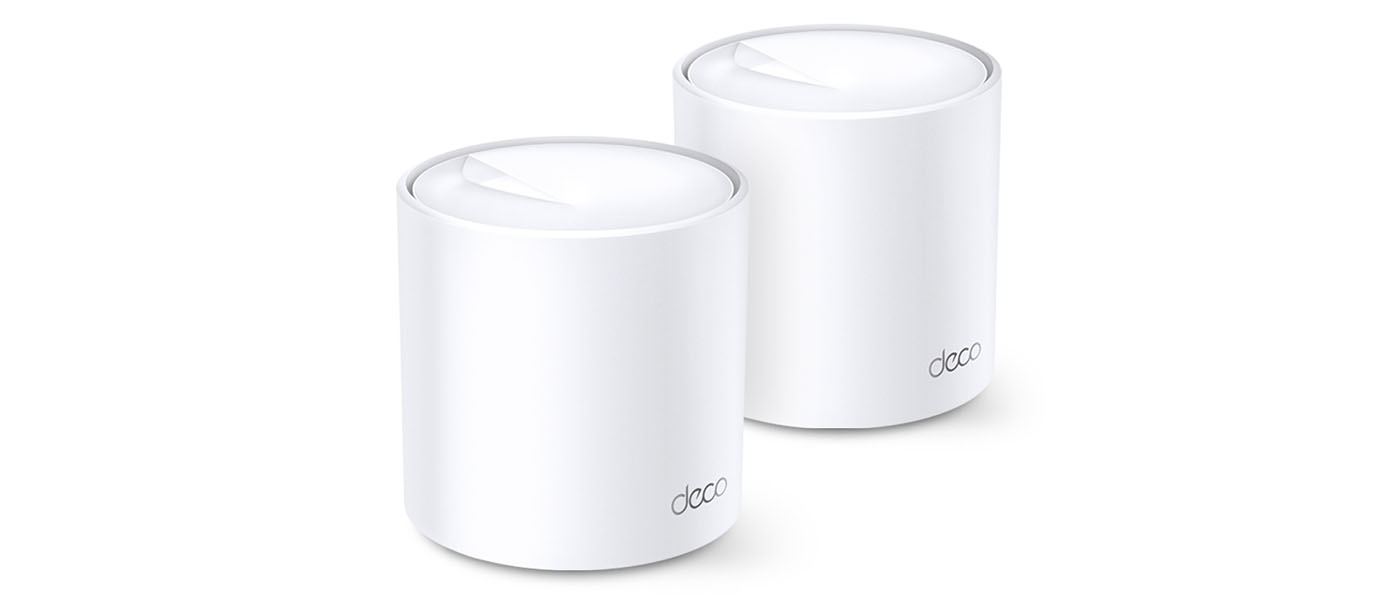Standards:
Wi-Fi 6, IEEE 802.11ax/ac/n/a 5 GHz IEEE 802.11ax/n/b/g 2.4 GHz
Wi-Fi Speeds:
AX1800, 5 GHz: 1201 Mbps (802.11ax), 2.4 GHz: 574 Mbps (802.11ax)
Ethernet Ports:
2× Gigabit Ports Per Node
Wi-Fi Transmission Power:
CE:<20 dBm (2.4 GHz) <23 dBm (5 GHz) FCC:<30 dBm (2.4 Hz)<30 dBm (5 GHz)
Dimensions (W×D×H):
4.33 × 4.33 × 4.49 in
Price (at time of testing):
$159 for 3 pack
Website:
Company:
SECRETS Tags:
TP Link, TP Link reviews, WiFi Reviews, WiFi reviews 2022, Mesh reviews, Mesh reviews 2022
Setup and installation are all done from an app. Now a mesh network isn’t always easy, the first Deco unit (or node) you place after the main one can be the hardest because there is no mesh in place, so it needs to be close, but not too close to the main node. This can often take some trial and error to get right. Older TP-Link mesh systems were often challenging but the new X20s are a breeze. Not once did I get an error, everything worked right away. Not only did I install this at my house, but also on the same day I installed one for a client, both went in with ease.
The app itself is great, however, the layout could be improved upon as all the important settings you need are on the last tab. If you need to quickly check who and what is on your network, it’s simple. The first page has everything listed, along with the internet status and Deco/node status. It’s all so simple, but if you’re used to more advanced options with your network you likely will want to look elsewhere.
Something else unique about the install I wanted to mention is that usually when you install the second and third nodes, it must be done manually. The new system lets you just place them anywhere (wired or wireless) and they will be added to the mesh automatically. Very cool, TP-Link!
When it comes to real-world use, my home is about 1,600 square feet so three nodes cover everything inside plus outdoors to about 50 feet. This system replaced an aging Eero system with six nodes that had speed issues. My system is installed in a hybrid configuration, with the main and second nodes being wired, while the third node is in my office providing a wired connection. As of three weeks ago, there have been no issues or downtime at all. I noticed triple the upload speeds and double the download speeds over my previous system. The range was about the same as the twice-as-large Eero system which is very impressive.
I would feel comfortable installing this in a 3,000-4,000 square-foot home with no range issues. Once you get above 4,000 square feet, I would go with two systems (six nodes). For reference, my largest mesh network install is 12,000 sq ft with four systems total (fully wireless) and it’s been working great for nearly a year now.




